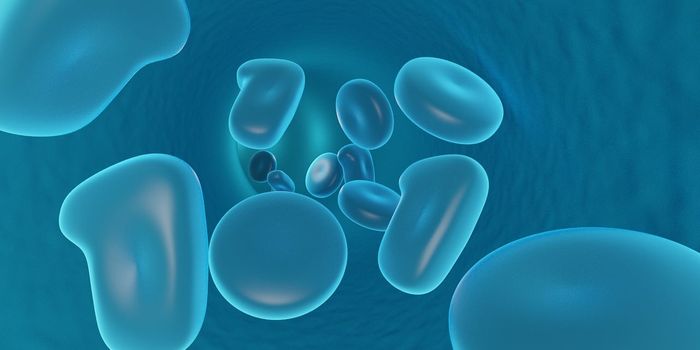Keeping HIV Latent
When (HIV) human immunodeficiency virus infects cells, it can go to sleep as opposed to make viral copies of itself—the process is known as latency. However, keeping HIV+ cells latent so it does not cause harm to the host remains a challenge.
"The current drug treatments block healthy cells from becoming infected by the virus," said Yiyang Lu, a PhD student in the Dar lab at the University of Illinois Urbana-Champaign. "The latent reservoir poses a bigger problem because it can start producing the virus at any time. Consequently, patients have to remain on antiretroviral therapy all their lives to prevent a viral rebound."
Now, researchers have found a way to use compounds to keep the suppression of HIV+ cells in an ongoing dormant state. The findings were published in the Proceedings of the National Academy of Sciences (PNAS).
"Commercial drug screens usually look at mean gene expression. Instead, we used a drug screen that looks at fluctuations in gene expression. Our screen allowed us to therefore find more compounds that could have been overlooked," Lu said.
Learn more about HIV:
"We implemented a time-series drug screening approach that are less commonly used in other labs," said Roy Dar, an assistant professor of bioengineering at Illinois and faculty member of the Carl R. Woese Institute for Genomic Biology.
"We want to test if these drugs have off-target effects in terms of how many other genes they affect in the host cells," Dar said. "We also want to test these drugs in patient samples to see whether these drugs suppress HIV in them."
Source: Science Daily









